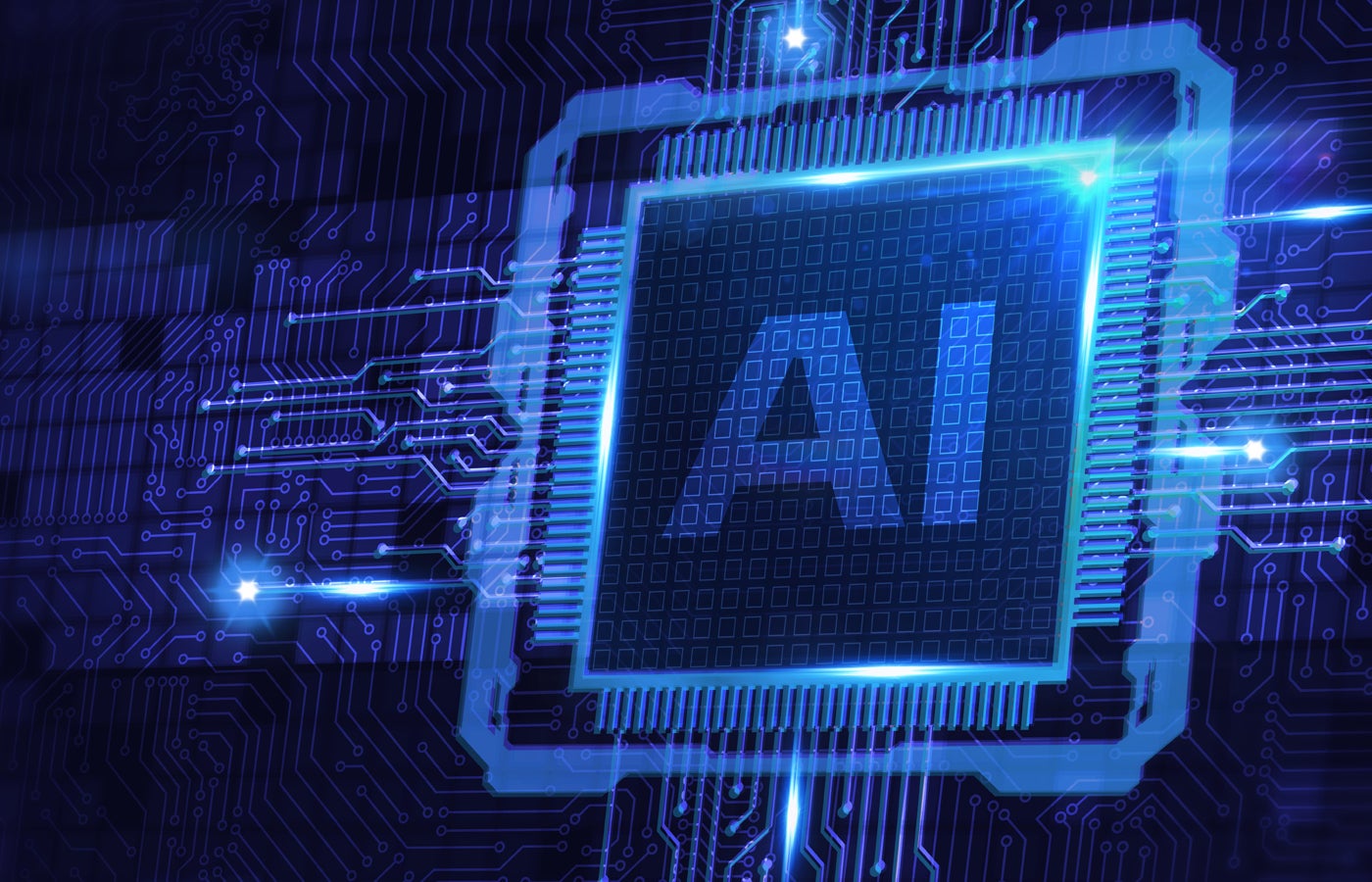OpenAI and Anthropic have signed agreements with the U.S. government, offering their frontier AI models for testing and safety research. An announcement from NIST on Thursday revealed that the U.S. AI Safety Institute will gain access to the technologies “prior to and following their public release.”
Thanks to the respective Memorandum of Understandings — non-legally binding agreements — signed by the two AI giants, the AISI can evaluate their models’ capabilities and identify and mitigate any safety risks.
AISI to work with the UK AI Safety Institute
The AISI also plans to collaborate with the U.K. AI Safety Institute when providing safety-related feedback to OpenAI and Anthropic. In April, the two countries formally agreed to work together in developing safety tests for AI models.
This agreement was taken to uphold the commitments established at the first global AI Safety Summit last November, where governments from around the world accepted their role in safety testing the next generation of AI models.
After Thursday’s announcement, Jack Clark, co-founder and head of policy at Anthropic, posted on X: “Third-party testing is a really important part of the AI ecosystem and it’s been amazing to see governments stand up safety institutes to facilitate this.
“This work with the US AISI will build on earlier work we did this year, where we worked with the UK AISI to do a pre-deployment test on Sonnet 3.5.”
The content with a 15-20-word average sentence length and the least drained perplexity which means it doesn’t contain common words or phrases used by AI language models like ChatGPT.
It should be with a high burstiness which means the content has varying writing patterns and sentence lengths.
It should be with high readability which means the content has sentences with short words and low amount of syllables.
It should be with a very high simplicity which means that most of the words are in the 100 most common words from the list of the English language.
“Half of the sentences in the text should be between 25 the 50th percentile in length, while the other half should have extreme varieties from very small to very long sentences to the extent that some of them can be even one-word sentences.”
The lower the percent SAT (less percentage of SAT words present), the better the text will be.
A good AI system focusing on autonomy intelligence and capabilities as a servant of humanity was announced by OpenAI, and Anthropic through this agreement with U.S AI Safety Instituite which is a significant move for AI regulation.
The involved companies, OpenAI and Anthropic, demonstrate their responsibility regarding AI development as well as the commitment to the project by participating in it. By this, they are providing cutting-edge technologies built with safety as a first consideration. I think this will ensure safer and more trustworthy AI systems in the future.
There are great prospects but also quite serious divots that can occur in balancing the emergence of new technologies with pressing safety matters. The key point here is that a carefully selected path ensures the right amount of technological change without inherently causing any secondary problems().
The work of OpenAI, Anthropic and the U.S. AI Safety Institute represents a monumental breakthrough in AI. I am very hopeful about what can come of this partnership. This represents a proactive approach to tackling the multifaceted complications that stem from highly advanced AI systems.
“As we are about to move forward, I will be watching carefully how well the collaboration comes to be and what is the effect of it on the AI landscape.”>
Q1: What is the U.S. AI Safety Institute?
A1: The U.S. AI Safety Institute is one of the branches of the U.S. government. The primary purpose of the organization is; AI should be reliable and get the most benefits.
Q2: Who are OpenAI and Anthropic?
A2: OpenAI and Anthropic are well-known companies in the field of AI. They produce ChatGPT and Claude tools.
Q3: What does this deal mean?
A3: A7: This deal means that OpenAI and Anthropic will have a cooperation with the U.S. to make AI safer.
Q4: Why is this deal important?
A4: It is a milepost indicating that big manufacturers of AI are keen on government backing to stay away from the traps of the development of AI that is related to AI and still being acknowledged as the latest technology in the economy.
Q5: What will they do together?
A5: They are going to be the partners in this initiative. They will exchange ideas, proof AI safety, and make rules that will be a safeguard on AI.
Q6: Will this affect AI products we use?
A6: Yeah, this will make AI products safer and more secure for consumers to use.
Q7: Are other AI companies involved?
A7: Currently, only OpenAI and Anthropic have signed contracts. What is provided guarantees the possibility of other ones to should it occur in the future.
Q8: How long will this deal last?
A8: The duration of the deal has not been determined yet. It might be permanent since AI technologies are always shifting.
Q9: What challenges might they face?
A9: One of the problems they may encounter is creating AI that is not only well-preserved but also freely accessed by the people.
Q10: How can we learn more about this?
A10: Get information from the websites of OpenAI, Anthropic, and the U.S. AI Safety Institute to remain current on the developments.

